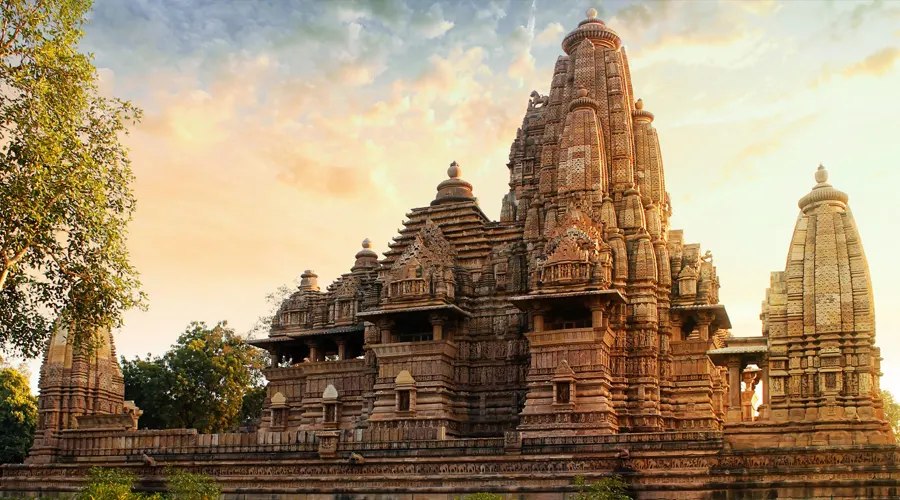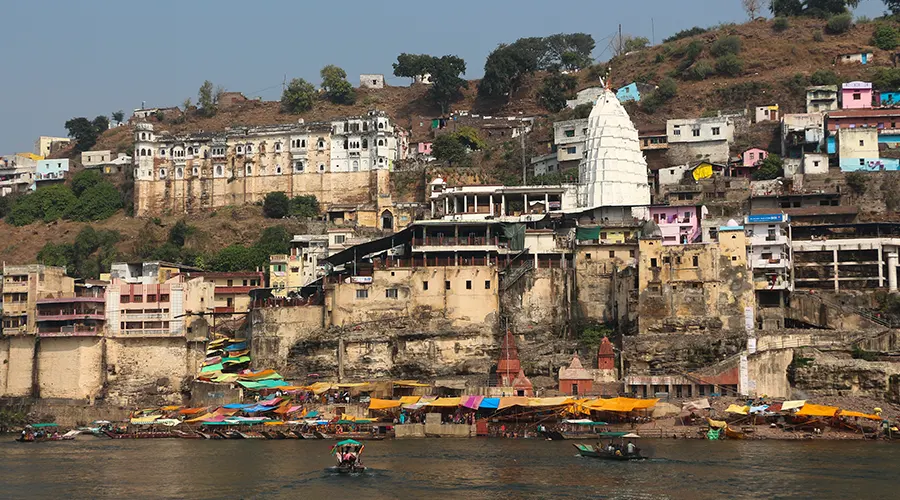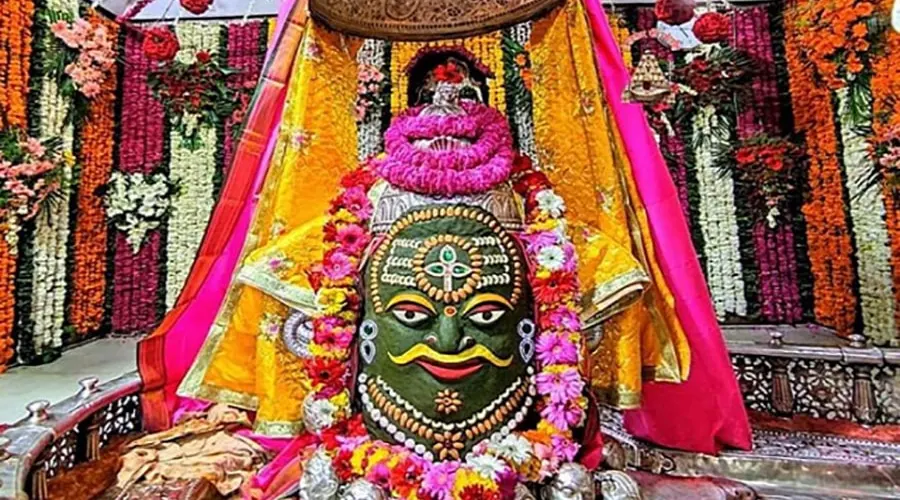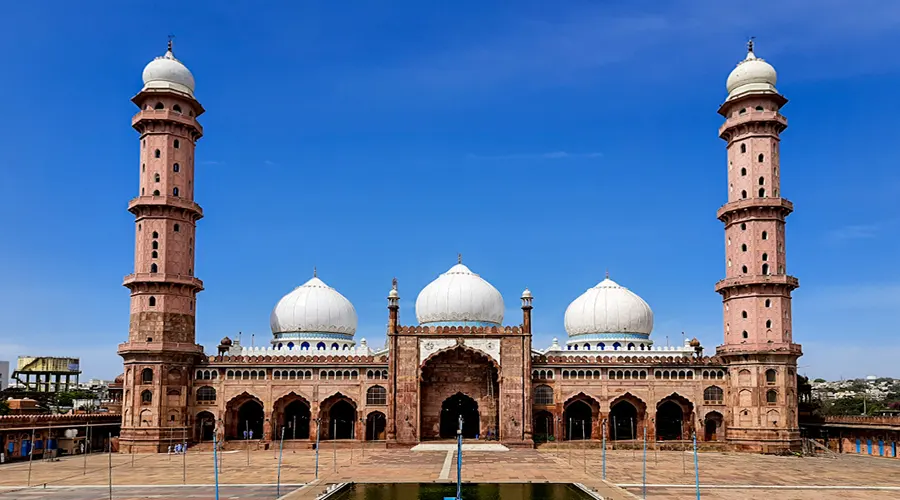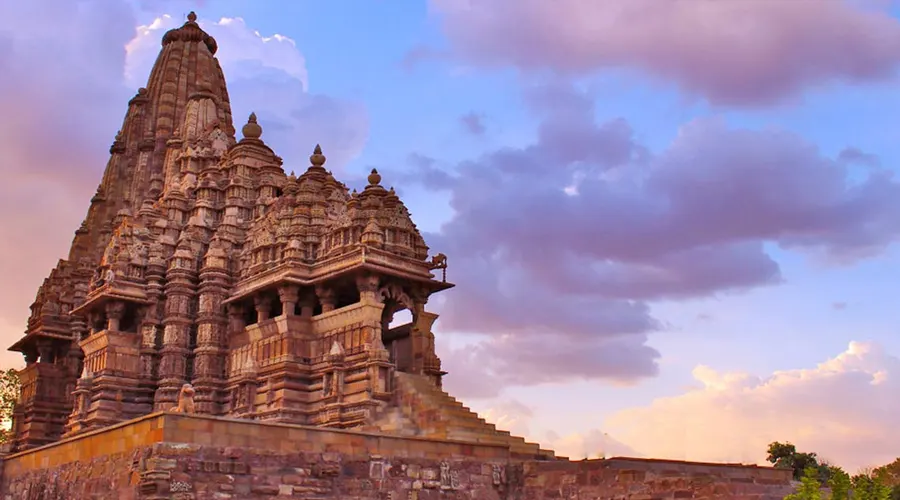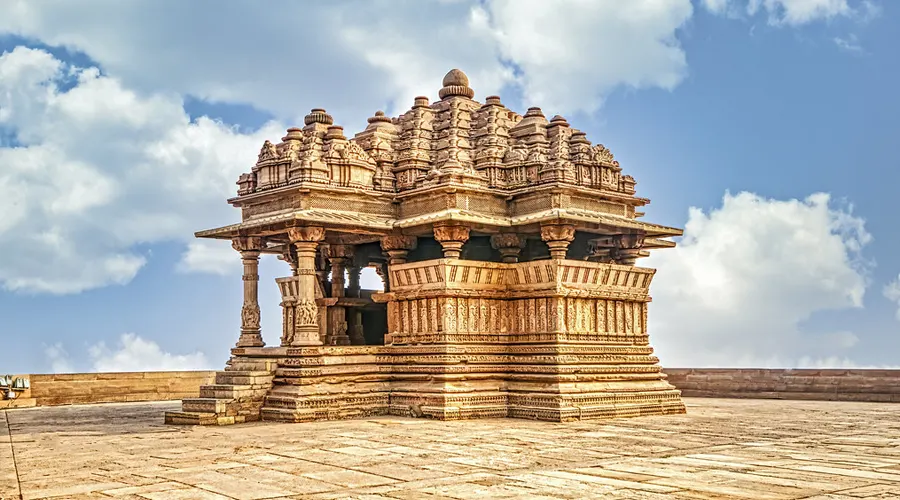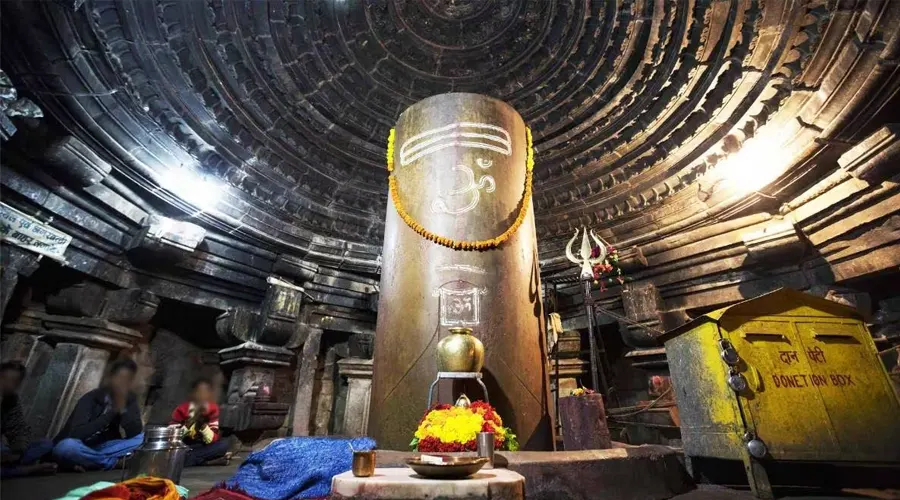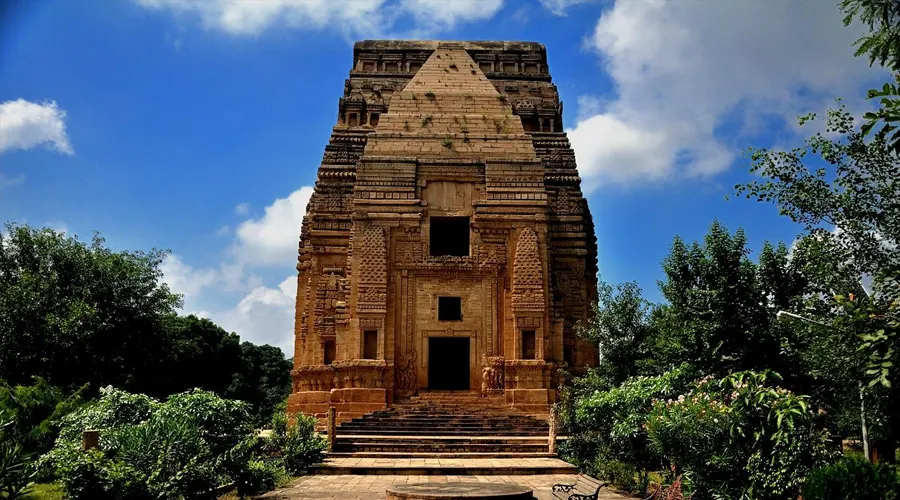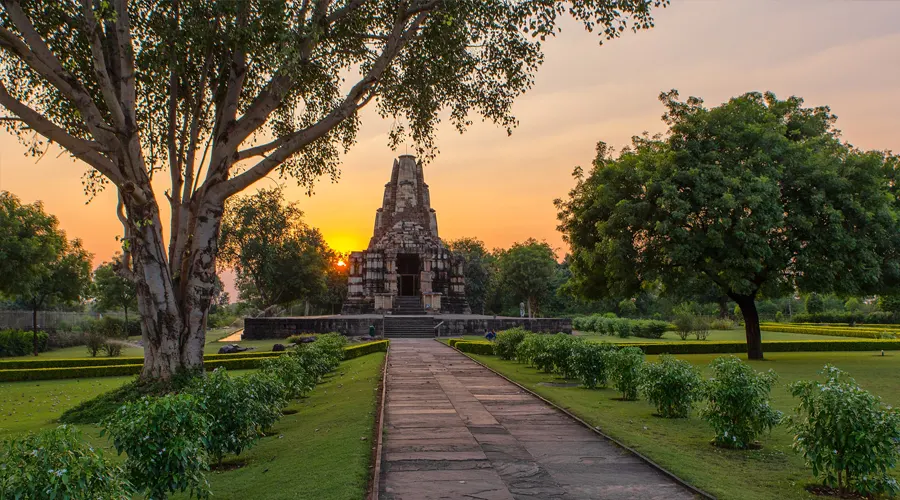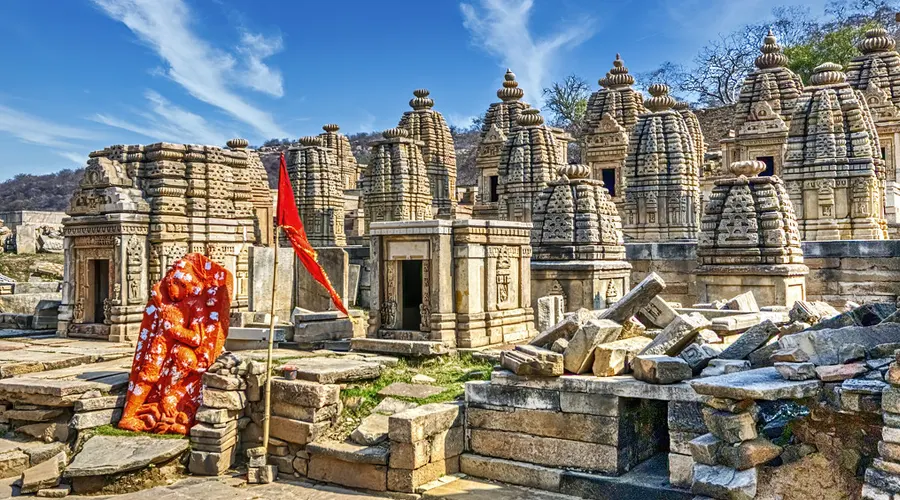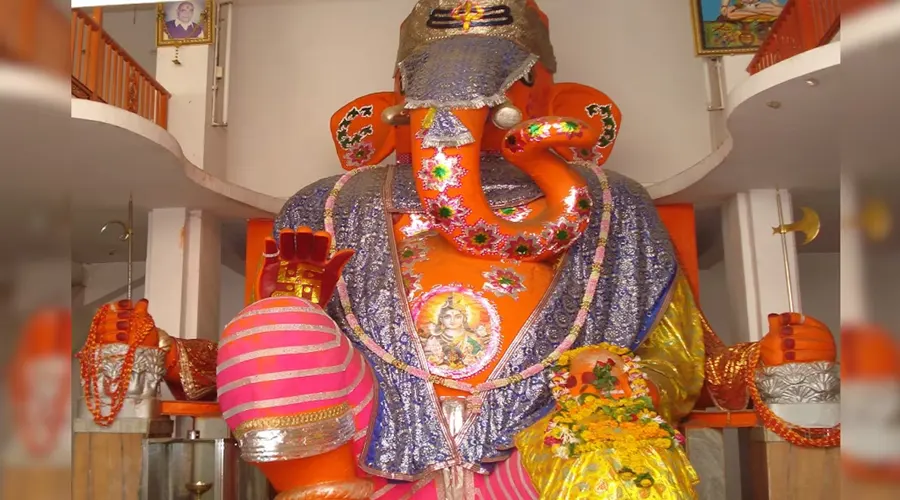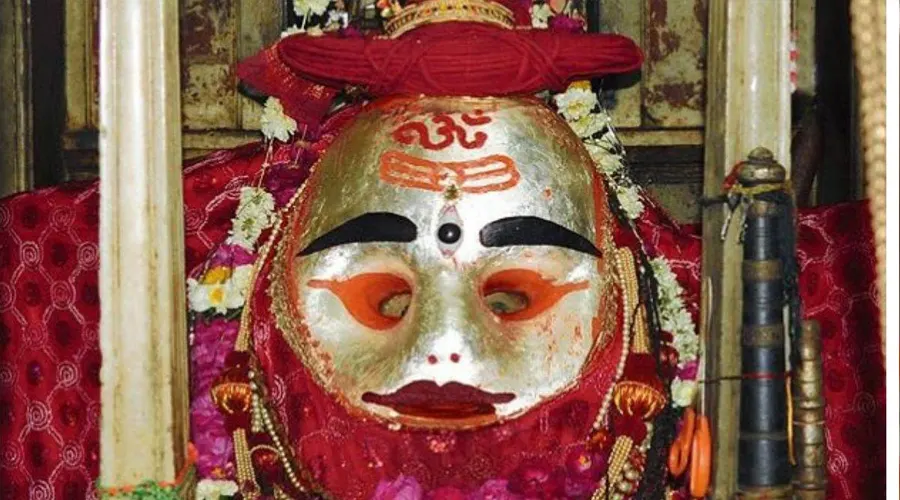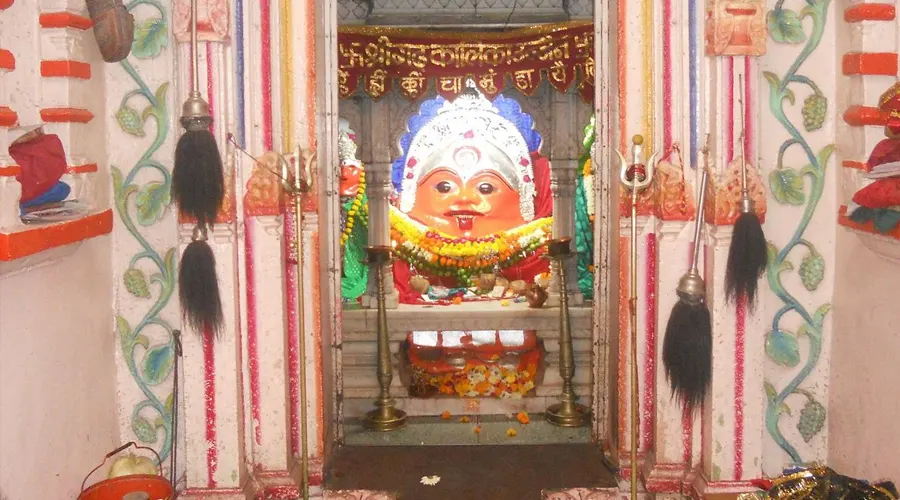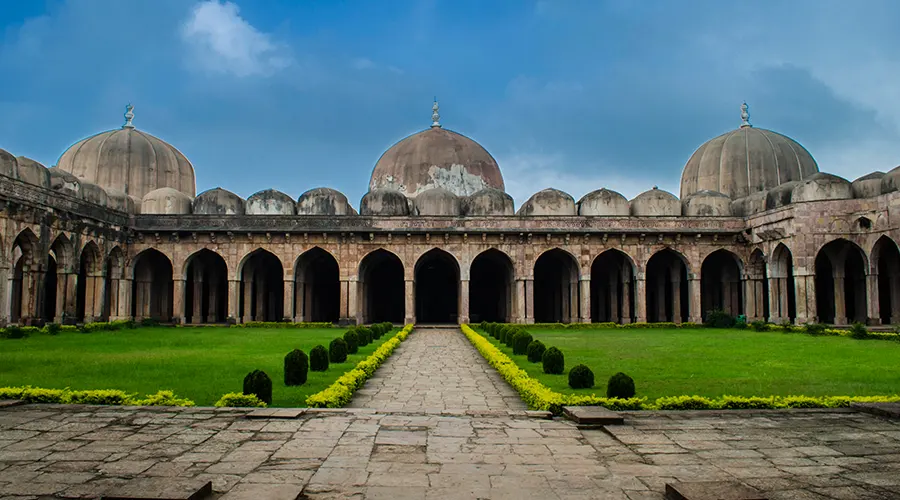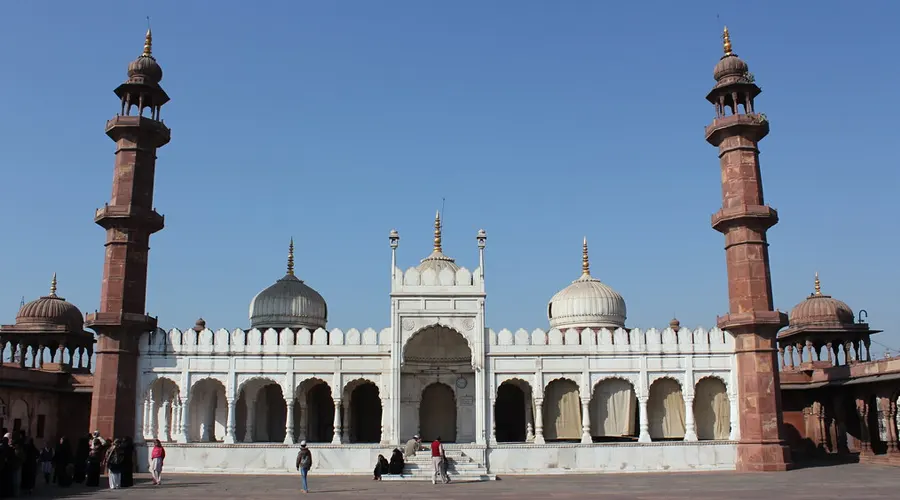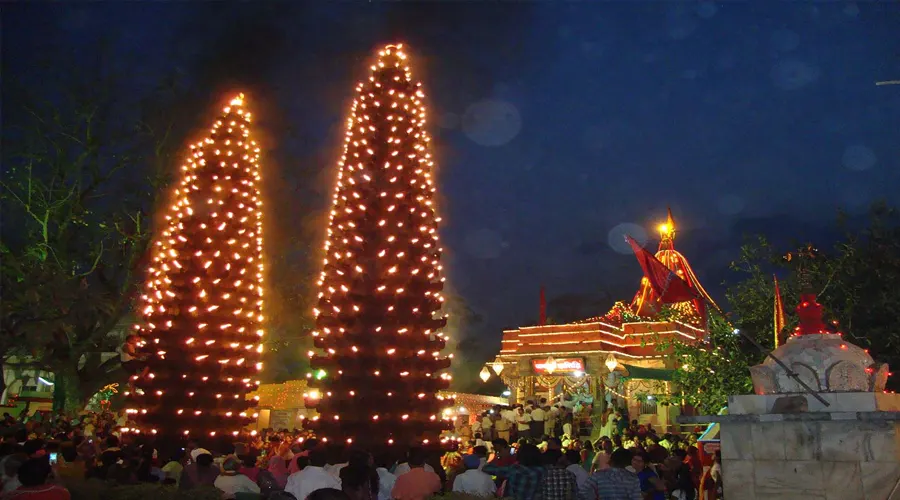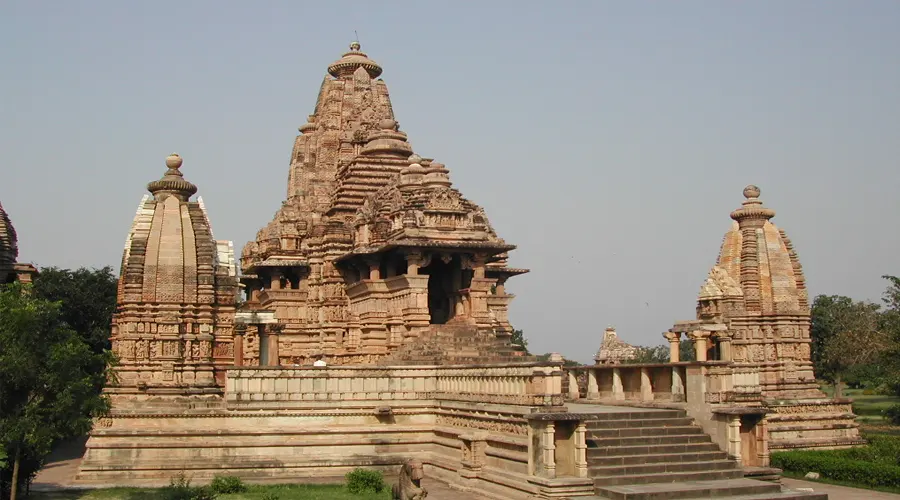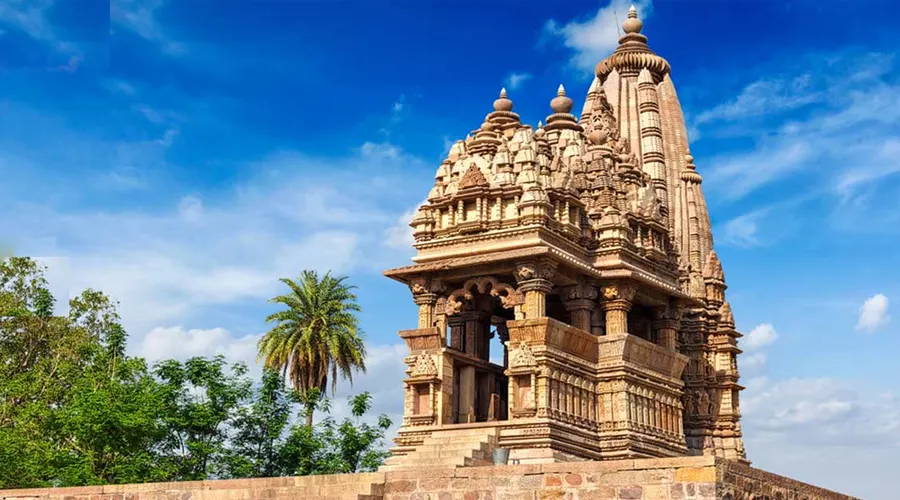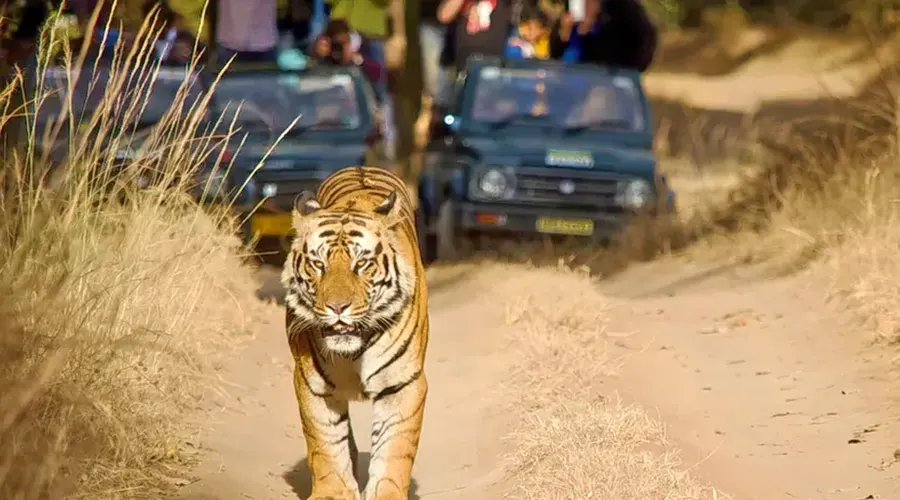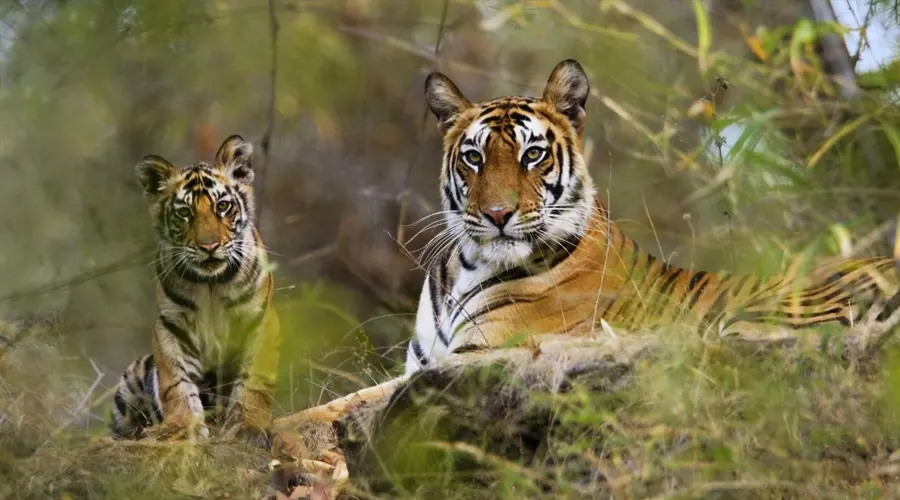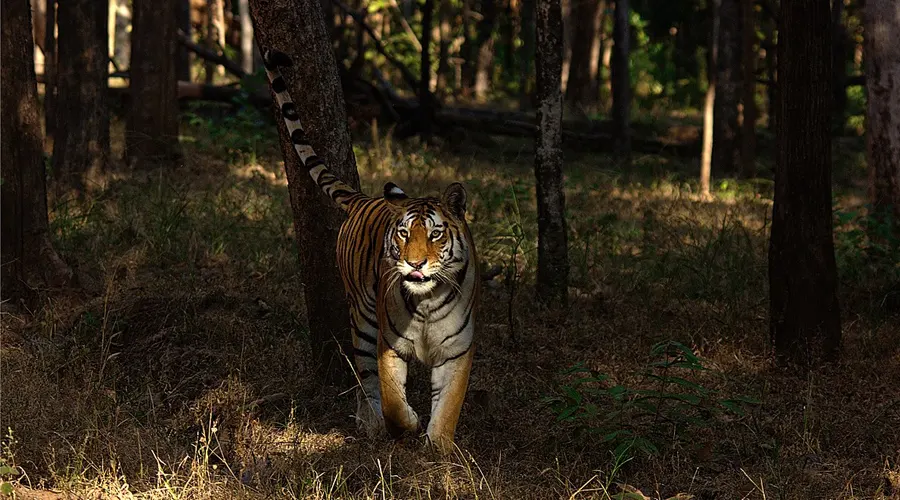Khajuraho Temples
The Khajuraho Temples in Madhya Pradesh are amongst the most beautiful medieval monuments in India. Originally a group of 85, they are the largest group of Hindu and Jain temples in the world, although only about 25 of them remain today. A UNESCO World Heritage Site, they have awed generations of people with their architectural brilliance, intricate carvings, and, most famously, their erotic sculptures.
The Khajuraho temples, scattered over an area of about 9 square miles, depict the traditional lifestyle of women in the medieval age. Rediscovered almost nine centuries later, they give a poignant representation of life in the 11th century. A few of the temples are dedicated to the Jain pantheon and the rest to Hindu deities — to God’s Trio, Brahma, Vishnu, and Shiva and various Devi forms, such as the Devi Jagadambi. The divine sculptures are a tribute to life itself, embodying everything sublime and spontaneous about it. Built using sandstone, with varying shades of buff, pink and pale yellow, each contains an entrance, a hall, a vestibule, and a sanctum. The inside of the temple has rooms that are inter-connected and placed on an East/West line and constructed with spiral superstructures, adhering to a North Indian shikhara temple style, and often to a Panchayatana plan.
The images of Goddesses and Gods sculpted on the temple walls represent the many manifestations of the divine Shakti and Shiva, the female and male principles, the Yin and the Yang. These temples are mainly associated with their erotic art, especially the western Devi Jagdambi Temple, located next to the Kandariya Mahadeva temple. The Devi Jagdambi temple is erroneously linked to Devi Jagdambi and is a Vishnu temple. It has rows of sculptures depicting devanganas, mithunas, divinities, and explicit erotic sculptures, especially those depicting mithunas in sexual positions. It is because of these erotic sculptures that these temples are also known as the Kama sutra temples. Most of the erotic sculptures can be found either on the outside or inner walls of the temples but not near the deities. However, it is a common misconception that the sculptures show lovemaking between deities. They show passionate interactions between humans along with changes that occur in human bodies.
Khajuraho Temples & Caves
This is a prominent reason for the huge influx of tourists to Khajuraho. This site is chiefly famous for a series of Hindu & Jain temples, constructed side by side, in a period between 950 AD & 1050 AD, by the rulers of the Chandela dynasty. The site is an epitome of religious tolerance, with Hindu and Jain temples co-existing side by side. A striking feature of this famous site is the erotic sculpture, showing some postures of passionate love, as depicted in Vatsyayana's epic Kamasutra, as engraved on the walls.
History of Khajuraho Temples
Chandela rulers built the temples of Khajuraho, one at a time spread over hundred years. The first recorded mention of the temples can be founded in the writings of Abu Rihan-ul Biruni towards the end of the 11th century. Throughout the 12th century, the temple complex grew and later fell into the hands of the Sultan of Delhi, Qutb-Uddin Aibak, after the downfall of the Chandela rulers. In the years to follow, the temples were preserved and tended by the Muslim rulers. Over the years some of the temples were vandalized and disfigured and were left unmonitored due to their deserted locations. T.S. Burt, a British engineer, later rediscovered the temples in 1830 and made efforts for their restoration.
Khajuraho Statues
The Chandela rulers originally built these temples to represent love and lust in the purest forms. Some sculptures are bound to make you cringe, some will make you awe at the raw art, some will disappoint you and some will leave you in wonder. There are several stories weaved around the erotic sculptures of Khajuraho. One of these stories suggests that the moon God got allured by the beauty of maiden bathing in a lake under the moonlight. She ran to the forest to seek refuge and raised her son alone. In turn, the moon God promised her son, a kingdom of his own.
This lore claims that her son grew up to be the first Chandela ruler and influenced by her mother’s story, got the monuments constructed. Some theorists believed that the Chandela dynasty used sculptures as forms of sex education. Some say that the carvings are symbols of “good luck”. Some suggest that the figurines much in love are only carved outside the temple and are a message that says to leave all lust and worldly pleasures behind before entering the temples, which in turn is a metaphor for “moksha” (Hindu theory of salvation).
The sculptures are grouped into five broad categories- The first ones are the Shilpshastras- the Jain Tirthankaras. The second category represents the deities, attendants, Ganas, Gandharvas, and Ashta Dikpalas, among other images. The third category represents the apsaras, also called the Sapna Sundaris. These are sculptures of really beautiful women doing mundane jobs like holding a baby, painting, dancing, or just plain undressing. The fourth category portrays scenes from everyday life- warriors, dancers, musicians, royal court, teachers, pupils, etc. The fifth and final category has the very famous erotic images of unnatural sex, group sex, etc.
Group Of Khajuraho Temples
The temple complex in Khajuraho is grouped into two categories based on its orientation- the Western Group of Temples and the Eastern Group of Temples. The Western group is more famous out of the two as it has the largest temple Kandariya Mahadeo Temple which is dedicated to the glory of Lord Shiva.
The Western group mainly houses the temples dedicated to Hindu gods and goddesses. Among a large number of temples built in the complex, six are dedicated to Lord Shiva, eight are dedicated to Lord Vishnu, one each to Lord Ganesha and the Sun God, and three are dedicated to Jain Tirthankaras. All of these have beautiful intricate designs and boast fine architecture and very famous ever-so-elaborate sculptures.
The Eastern Group primarily has the four Jain temples- Parasvanath, Adinath, Shantinath, and Ghantai dedicated to the worship of the Jain Tirthankaras.

